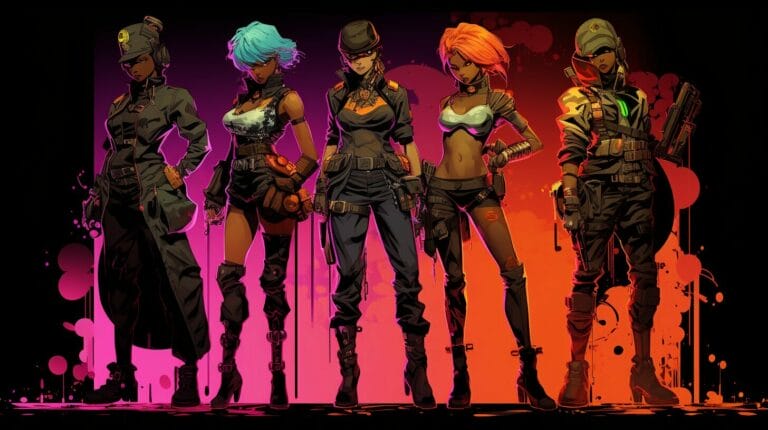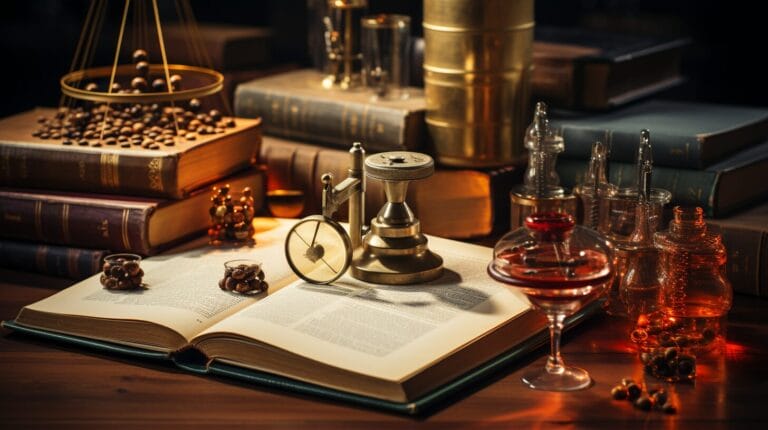Juxtaposition as a Literary Device: Examples and Applications in 2024

“The apex of epochs, the nadir of eras…” These striking opposites were not haphazardly distributed, but thoughtfully structured, capitalizing on the power of contrast in the craft of narrative.
As a writer, understanding juxtaposition is crucial. It’s a crafty maneuver that highlights subtleties and shifts perspectives. It functions as a mirror, reflecting human experience, and as a lens, focusing on hidden connections that give your writing its edge.
Key Takeaways
- Juxtaposition is a versatile tool used by writers to highlight contrasts and invite comparisons.
- Juxtaposition magnifies underlying messages and themes within a story.
- Juxtaposition creates meaning that resonates on a personal level.
- Juxtaposition can be used in various genres, including fiction and non-fiction.
Understanding Juxtaposition as a Literary Device: Definition and Types
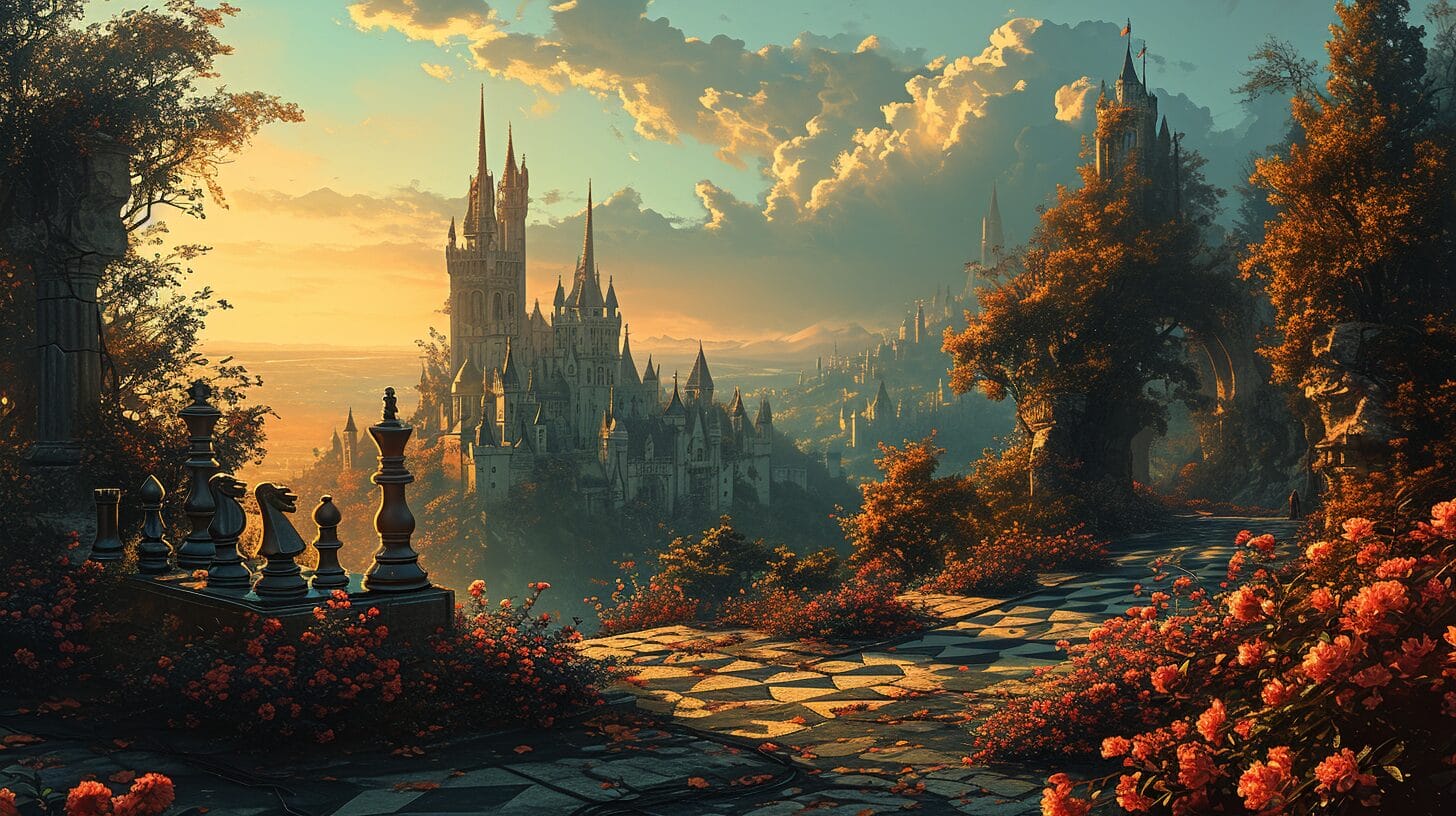
Juxtaposition is a versatile tool that brings together disparate elements to cast a spotlight on contrasts and invite insightful comparisons. It places two distinct elements side by side, often producing a surprising effect.
Various types of juxtaposition exist, such as contrasting characters, settings, ideas, or narratives, to reveal deeper truths or ironies. For instance, placing a humble character in an opulent setting can underscore themes of inequality or ambition.
Examples in literature, like the opening lines of Dickens’ ‘A Tale of Two Cities,’ provoke thought and embolden readers to question the status quo.
Unfolding the Purpose and Effects of Using Juxtaposition in Literature

Juxtaposition isn’t just for show; it’s a literary technique that molds perception, urging readers to see beneath the surface. It creates meaning that resonates personally, like when poverty rubs shoulders with opulence, nudging readers to ponder societal disparities.
It also amplifies characters, making their traits and motivations stand out, and inviting readers to reflect on their place within the human behavior spectrum.
The purpose of juxtaposition is to grant a deeper narrative experience, allowing readers to interpret and analyze. It transforms readers into active participants in the literary dance of thought and emotion.
Analyzing Examples of Juxtaposition in Classic and Contemporary Literature
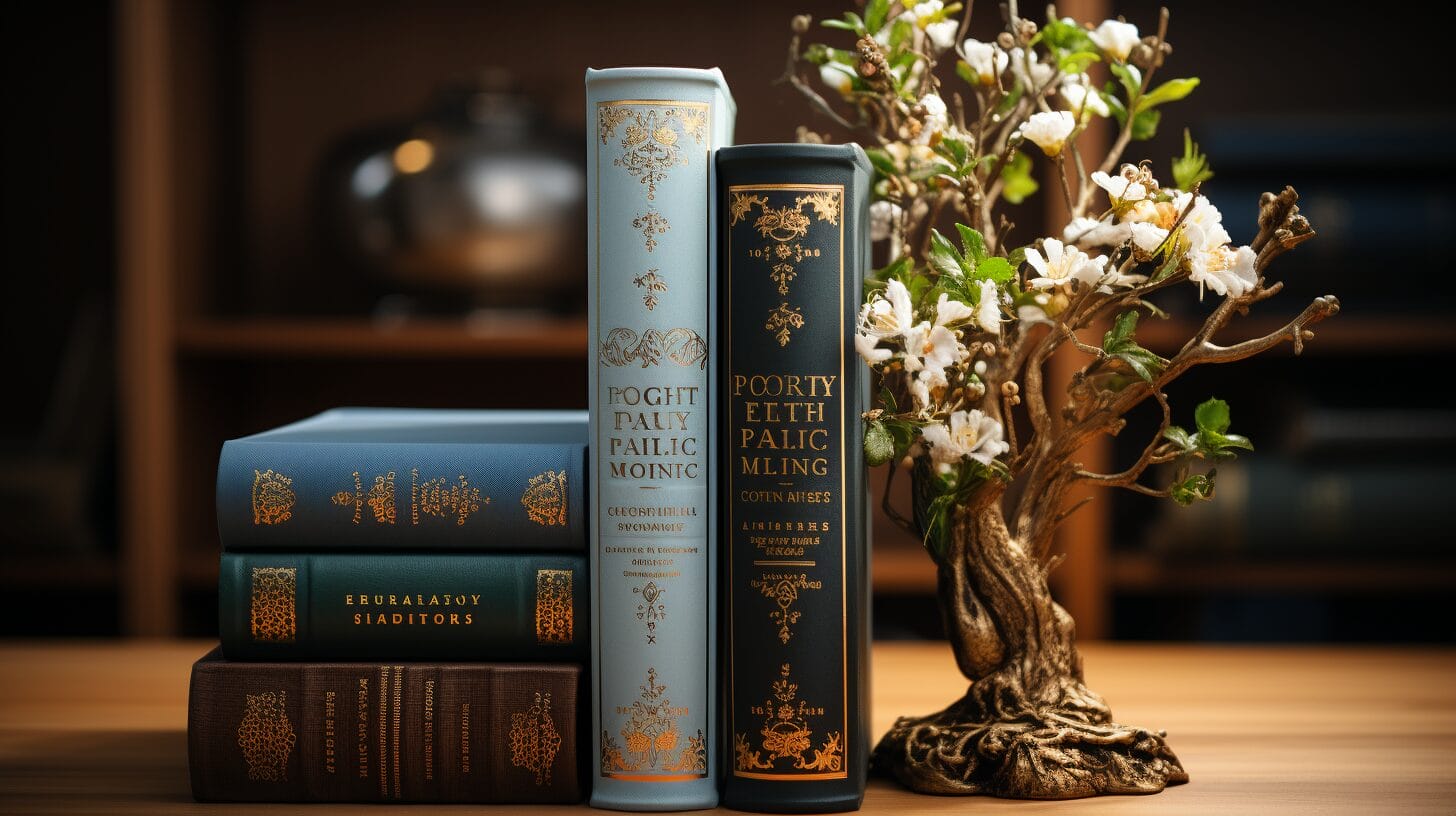
Juxtaposition catalyzes deeper understanding in both classic and contemporary works. In ‘A Tale of Two Cities,’ Dickens contrasts love and hate, revolution and tyranny, highlighting social and political disparities and internal character struggles.
In Shakespeare’s plays, foils often emphasize the traits of heroes or thematic elements. Juxtaposition exposes societal virtues or hypocrisy, sharpens character development, leads to unexpected humor, underscores thematic dichotomies, and propels the plot.
The Technicalities of Writing with Juxtaposition: Tips for Emerging Writers
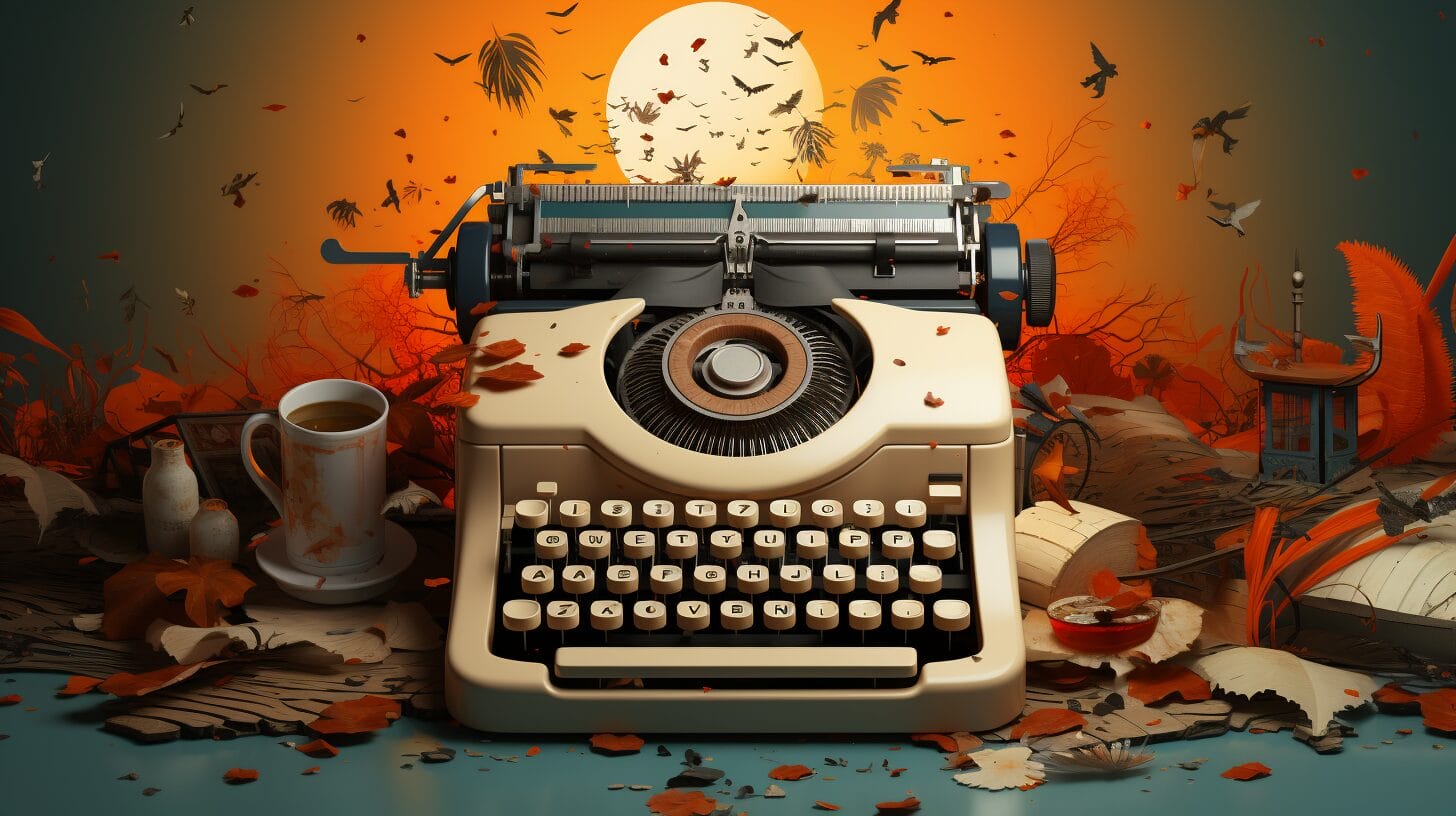
Mastering juxtaposition involves understanding how it can enhance a narrative. Use it to amplify your work, contrasting inner turmoil with serene settings or opposing ideologies.
Experiment with juxtaposition for unexpected twists and suspense, and pay attention to pacing. Alternate between action and reflective moments to let readers digest contrasts.
Case Studies: In-Depth Analysis of Juxtaposition in Iconic Literary Works
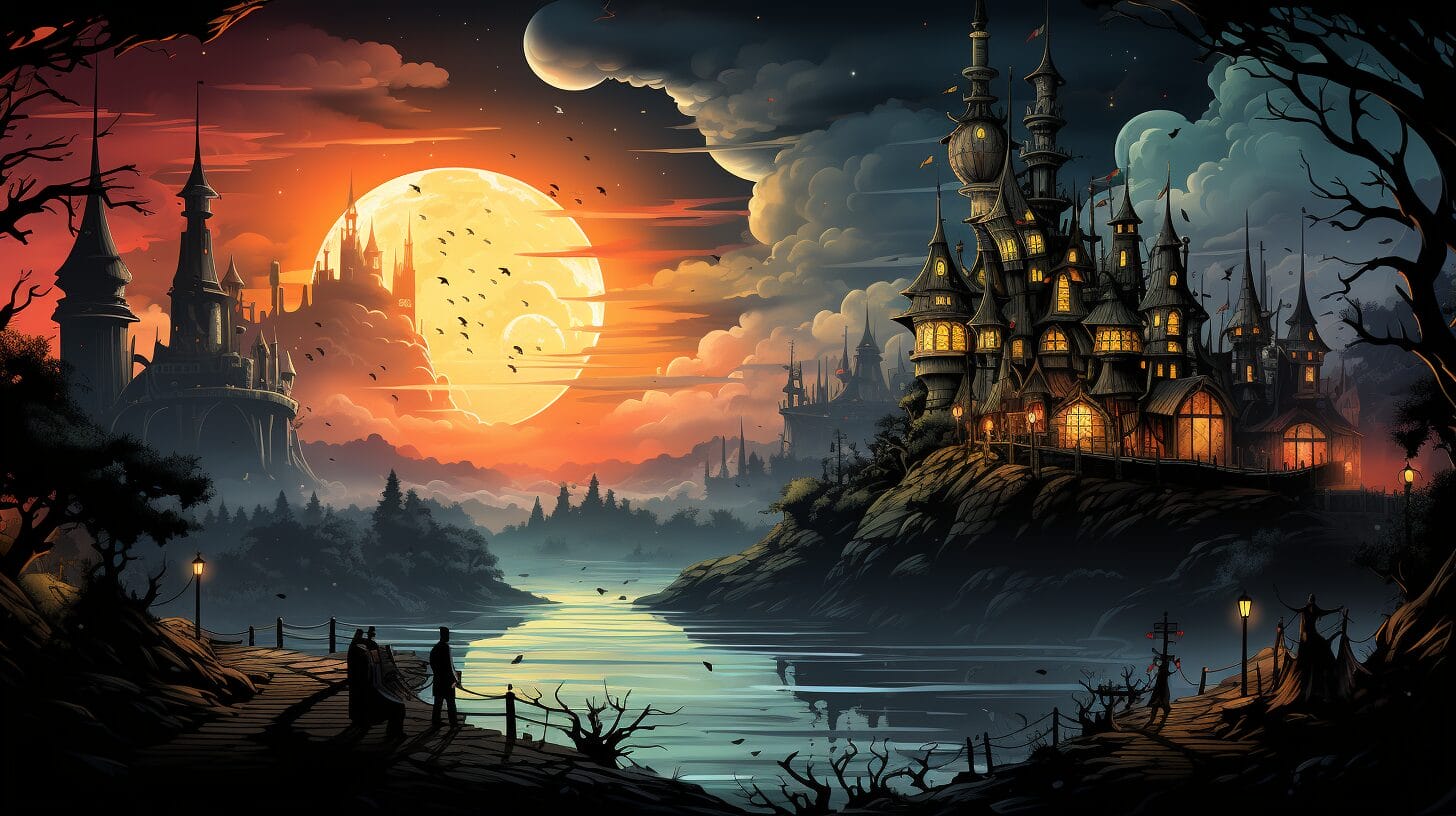
George Orwell’s ‘1984’ showcases a dystopian society against the protagonist’s quest for truth. Dickens’ ‘A Tale of Two Cities’ reflects era contradictions through the lens of the French Revolution.
Orwell’s Big Brother versus individualism, Dickens’ contrasting cities, and the Party’s slogans reveal the twisted logic of control, while personal narratives highlight the human cost of political upheaval.
How can allusion be used as a literary device in the same way as juxtaposition?
Allusion in song example can be used in the same way as juxtaposition to create depth and complexity in literary works. By referencing well-known songs or lyrics, writers can add layers of meaning and connect their work to familiar cultural touchstones, just as juxtaposition juxtaposes two contrasting elements for a similar effect.
Conclusion
Juxtaposition sharpens contrasts and deepens meanings. It’s about placing the unlikely side by side to illuminate their relationships.
Embrace juxtaposition in your writing. Let gentle meet rugged, and watch your words dance with new life. Let your stories resonate with richness and depth.
Frequently Asked Questions
What is juxtaposition in literature?
Juxtaposition in literature is a literary device in which two or more ideas, places, characters, and their actions are placed side by side in a narrative or a poem to highlight their differences and comparisons.
Can you provide examples of juxtaposition in literature?
Sure, examples of juxtaposition in literature include the depiction of love and war, beauty and ugliness, good and evil, or the rich and the poor. One famous example is “It was the best of times, it was the worst of times” from Charles Dickens’ “A Tale of Two Cities.”
How is juxtaposition used in poetry?
In poetry, juxtaposition is used to create sharp contrasts between elements such as imagery, themes, or emotions. It helps poets to emphasize specific ideas and evoke diverse feelings within the reader.
What is the definition and examples of an oxymoron?
An oxymoron is a figure of speech that juxtaposes two contradictory terms, such as “sweet sorrow” or “living dead.” It is a specific type of juxtaposition used to create a striking effect or emphasize a point.
What is antithesis and how does it relate to juxtaposition?
Antithesis is a rhetorical device that involves the juxtaposition of contrasting ideas in a balanced parallel structure. This technique creates a sharp contrast and is closely related to the concept of juxtaposition in literature.
What are some specific types of juxtaposition examples in literature?
Specific types of juxtaposition examples in literature include juxtaposing light and dark imagery, innocence and experience, youth and old age, as well as wealth and poverty.


